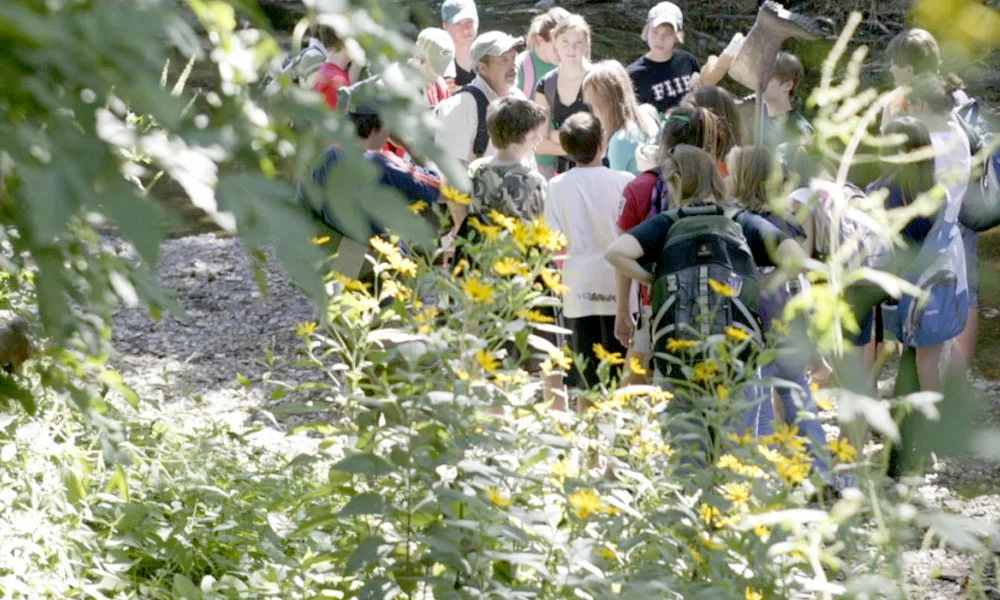What’s Baseball Got to Do with It? How about those Cardinals! (Remember, this is coming to you from St. Louis, MO.)
On August 24th the Cardinals were 10 1/2 games behind in the Wild Card race to make the playoffs for the World Series. From that date to the last day of the season, over the month of September, they won 20 games and lost only 7. They won the last game of the season to win the Wild Card berth.
Then, in the playoffs, in a best of five games series with the Philadelphia Phillies (the team with the best record in baseball over the season) down two games to one, the Cards beat the Phillies first in St. Louis, then in the clincher, game five, back in Philly. That fifth game was a 1-0 squeaker pitching duel, with Chris Carpenter throwing an almost perfect game for the Cards.
Then, in the League Championship Series against the Milwaukee Brewers, again the Cards prevailed against a team that finished six games ahead of them in the regular season.
And, finally, in the World Series, against the Texas Rangers, a team like the Brewers that had won six more games than the Cards in the regular season, with a power packed offensive line up, the Cards won the decisive sixth and seventh games. It was Game 6 that defined the Series and the Cardinals. TWO times they were down to their LAST STRIKE...when TWO runs behind. Each time a player (Lance Berkman and David Freese) came through with a run scoring hit.
These players just never gave up. They were truly inspiring to watch. The players and the team were models of individual perseverance, positive teamwork, and just plain fun. If you followed the team over the two months you were treated to a daily dose of each of these traits; traits essential to the success of any individual or organization.
I had a recurring thought watching these Cardinal Boys of Summer, if every faculty could manifest these behaviors, what success they would find!!!
I know, a school is not a sports team. However, a school is an organization, a team gathered around a common pursuit: to educate children. A school isn’t in an organized competition to beat other schools. However, a school can be a place which strives to manifest excellence. The faculty and students are not highly paid athletes. However, both faculty and students can work hard, encourage each other to persevere, and celebrate achievements.
And, yes, school is not a game; it is serious business with outcomes critical to our society. However, at the center of that mission is one thing parallel with the fun of baseball: the joy of learning. Every educator knows the thrill of witnessing a child’s pure delight in learning something new. And, to see that joy day in and day out, culminating in the graduation of skilled and motivated 21st C. Learners, is like a annual baseball season, culminating in a World Series. Go Educators!




